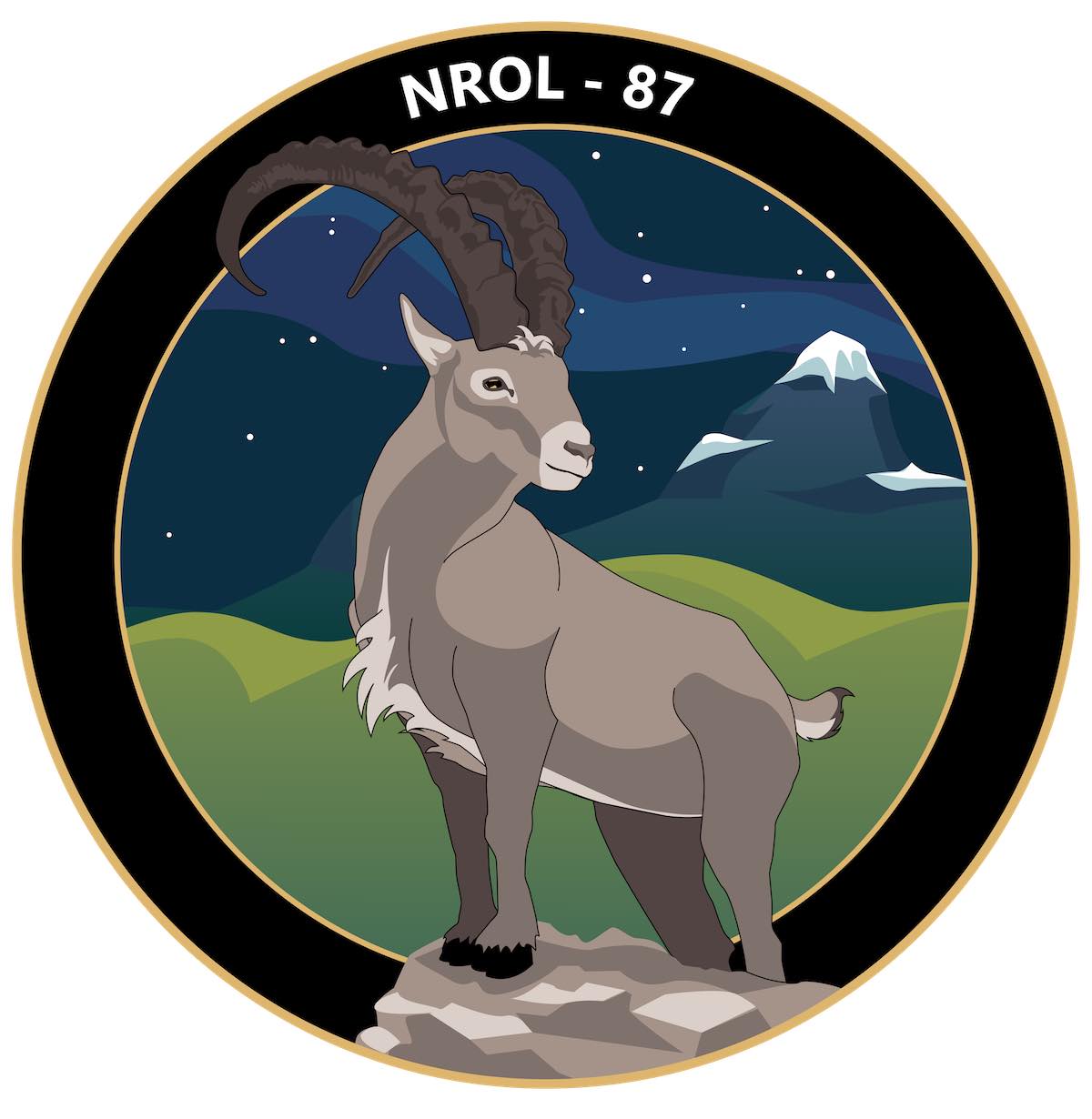Nuclear spins and photons are well-known quantum information science and technology building blocks. Even though creating a practical interface between optical photons and nuclear spins is highly desirable for combining these two quantum systems, doing so is difficult due to the weak interactions that nuclear spins typically have with their surroundings and the enormous distance between nuclear spin frequencies and optical frequencies.
In a new study, researchers at WITH have proposed a new approach to making qubits and controlling them to read and write data. The technique, which is still theoretical, works by employing two laser beams of slightly different hues to measure and manipulate the spins of atomic nuclei.
In this process, the difference in the frequency of an incoming laser beam matches the transition frequencies of the nuclear spinnudging the nuclear spin to flip a certain way.
Professor Paola Cappellaro said,“We have found a novel, powerful way to interface nuclear spins with optical photons from lasers. This novel coupling mechanism enables their control and measurement, making using nuclear spins as qubits a much more promising endeavor.”
Scientists noted,“The process is completely tunable. For example, one of the lasers could be tuned to match the frequencies of existing telecom systems, thus turning the nuclear spins into quantum repeaters to enable long-distance- quantum communication.”
The researchers used the electric quadrupole that many nuclei possess, which results in an electric nuclear quadrupolar interaction with the environment, for the new strategy. Light can modify this interaction and alter the nucleus’s internal state.
Professor Ju Li said,“Nuclear spin is usually pretty weakly interacting. But by using the fact that some nuclei have an electric quadrupole, we can induce this second-order, nonlinear optical effect that directly couples to the nuclear spin without any intermediate electron spins. This allows us to manipulate the nuclear spin directly.”
Scientists noted,“Among other things, this can allow the precise identification and even mapping of isotopes of materials, while Raman spectroscopya well-established method based on analogous physics, can identify the chemistry and structure of the material, but not isotopes. This capability could have many applications.”
“Since optical photons are used for long-distance communications through fiber-optic networks, the ability to directly couple these photons to quantum memory or sensing devices could provide significant benefits in new communications systems. In addition, the effect could provide an efficient way of translating one set of wavelengths to another.”
MIT doctoral student Haowei Xu said,“We are thinking of using nuclear spins for the transduction of microwave photons and optical photons. This can provide greater fidelity for such translation than other methods.”
“So far, the work is theoretical, so the next step is to implement the concept in actual laboratory devices, probably in a spectroscopic system. This may be a good candidate for the proof-of-principle experiment. After that, they will tackle quantum devices such as memory or transduction effects.”
Journal Reference:
- Haowei Xu, Changhao Li, Guoqing Wang, et al. Two-Photon Interface of Nuclear Spins Based on the Optonuclear Quadrupolar Effect. Physical Review X. DOI: 10.1103/PhysRevX.13.011017
Note: This article have been indexed to our site. We do not claim legitimacy, ownership or copyright of any of the content above. To see the article at original source Click Here













